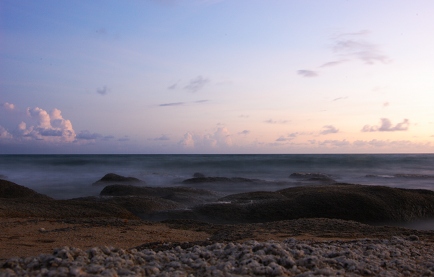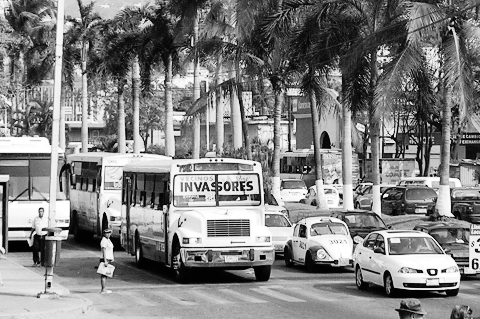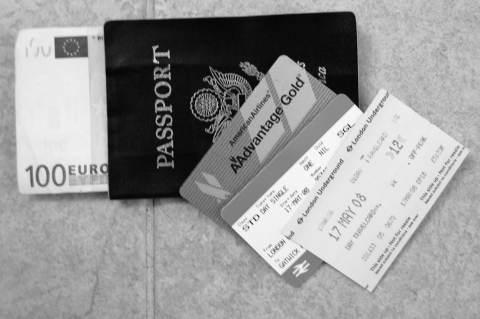Every now and then, there is a question on one of the e-mail lists or forums about traveling by air with radios and antennas. In my experience, most travel headaches can be minimized by adhering to a couple of simple rules:
- Make it easy for the security (and Customs, if international) inspectors. Pack everything neatly so it’s easy to search, even if you’re not present (checked baggage). Label everything. Include documentation and instructions on how to quickly disassemble things if needed. Be courteous if searched. This is not the time to “educate” inspectors about amateur radio.
- Carry your radio and computer as hand luggage. I think everyone knows this by now.
- Put antennas into a sensible container and check them. I’ve heard of golf club carriers, ski bags, fishing rod carriers, and cardboard boxes. I use a 4-inch thin-wall PVC drain pipe that’s about 48 inches long. It has a black rubber cap on one and a drain plug on the other. This may have problems in the automatic baggage-handling systems of some airports like O’Hare. The sporting equipment bags are better because the airlines know how to handle them. It makes sense to use a carrier that might be similar to other baggage going to your destination. But, in reality if you just call it your “ski bag” or “golf bag” at the counter, the agent will never ask what’s in it (aside from the usual security questions). Also ensure that this bag is acceptable on all your flights, including island hoppers.
- Keep as low a profile as possible, but don’t be weird or break the law. Practice moving fluidly with all of your gear. Expect to be questioned and prepare for it.
If the trip is international, every country is different. So, it’s helpful to have either a resourceful, intelligent local fixer or at least to discuss your plans with someone who has been there before. However, most countries that receive a lot of tourists and have relatively easy reciprocal licensing requirements will not pose any problems.



